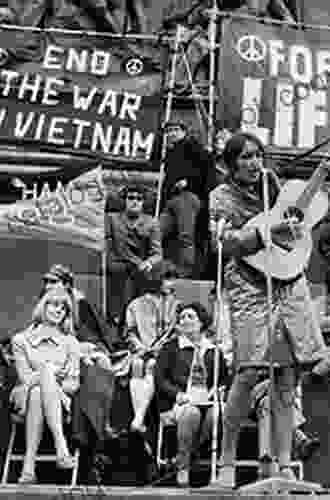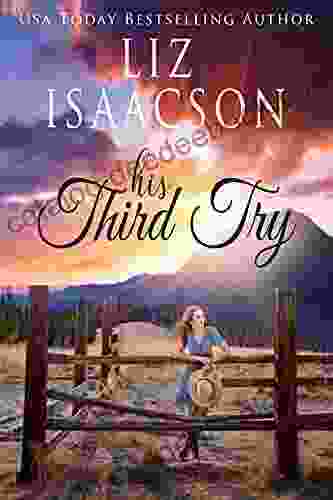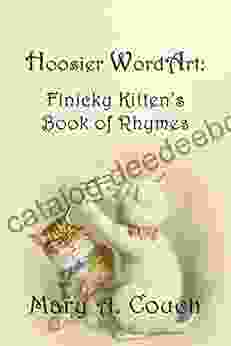American Music and Cold War Identity: A Comprehensive Exploration

5 out of 5
| Language | : | English |
| File size | : | 1580 KB |
| Text-to-Speech | : | Enabled |
| Enhanced typesetting | : | Enabled |
| Word Wise | : | Enabled |
| Lending | : | Enabled |
| Screen Reader | : | Supported |
| Print length | : | 197 pages |
| Hardcover | : | 270 pages |
| Item Weight | : | 1.4 pounds |
| Dimensions | : | 6.14 x 0.63 x 9.21 inches |
During the Cold War, American music emerged as a potent force in shaping national identity, fueling cultural diplomacy, and contributing to the ideological struggle against communism. Music became a medium through which the United States projected its values, aspirations, and fears, playing a crucial role in defining the nation's self-perception and its place in the global arena.
The Role of Popular Music
Popular music, with its undeniable reach and emotional appeal, served as a central vehicle for expressing and reinforcing the dominant Cold War narrative. Patriotism and anti-communism became prominent themes in popular songs, such as Barry McGuire's "Eve of Destruction" and Bob Dylan's "Blowin' in the Wind." These songs tapped into the anxieties and hopes of a nation navigating the complexities of the Cold War.
Rock and roll, in particular, embodied the rebellious spirit of the era. Its energetic rhythms and defiant lyrics resonated with a generation seeking to break free from societal constraints. Bands like The Beatles, The Rolling Stones, and Led Zeppelin became cultural icons, symbolizing Western freedom and individuality in contrast to the perceived conformity of communist societies.
Classical Music and Cultural Diplomacy
Classical music also played a significant role in the Cold War's cultural diplomacy efforts. The United States utilized its renowned classical orchestras, such as the Boston Symphony Orchestra and the Philadelphia Orchestra, to promote its cultural heritage and to bridge geopolitical divides. These orchestras toured extensively, performing in countries across Europe, Asia, and Latin America, showcasing the excellence and sophistication of American culture.
The government recognized the potential of classical music as a diplomatic tool and actively supported the establishment of cultural exchange programs. These programs aimed to foster goodwill and understanding among nations and to demonstrate the superiority of Western values and artistic achievement.
Jazz as a Weapon in the Ideological Battle
Jazz, an American-born art form, became a potent weapon in the ideological battle against communism. Its improvisational nature, rhythmic complexity, and distinctive sound challenged the cultural norms and artistic conventions prevalent in communist countries. Jazz was seen as a symbol of American individualism, freedom of expression, and cultural diversity.
The United States Department of State, in collaboration with the United States Information Agency, actively promoted jazz in Europe and around the world. Jazz musicians, such as Louis Armstrong, Dizzy Gillespie, and Duke Ellington, became cultural ambassadors, spreading the message of American values and challenging the Soviet Union's cultural hegemony.
Folk Music and the Counterculture
The Cold War also witnessed the rise of folk music as a vehicle for social and political protest. Folk musicians, including Bob Dylan, Joan Baez, and Pete Seeger, used their songs to critique military spending, nuclear proliferation, and the growing materialism of society. Their music resonated with a counterculture that sought to challenge established norms and promote peace and social justice.
Folk music became a powerful force in mobilizing people and raising awareness about important issues. It provided a voice to the marginalized and gave expression to the anti-war and civil rights movements that defined the era.
Music as Propaganda
Both the United States and the Soviet Union recognized the propaganda value of music. The United States government, through various agencies, commissioned works of music that celebrated American values, glorified military might, and promoted the threat of communism. The Soviet Union, in turn, used music to extol its accomplishments, strengthen its own national identity, and spread its ideology.
Music became a weapon in the ideological battle, as both sides sought to shape public opinion and demonize their opponents. Songs like "The Ballad of Davy Crockett" and "Moscow Nights" became symbols of the competing ideologies and their respective claims to moral and cultural superiority.
The Legacy of Cold War Music
The legacy of Cold War music continues to shape American identity and music culture. The patriotic fervor and anti-communist sentiments expressed in popular songs of the era have influenced subsequent generations of musicians. Classical music organizations continue to tour the world, promoting cultural exchange and fostering appreciation for American artistic achievements.
The improvisational spirit of jazz remains a vital force in contemporary music, inspiring new genres and bridging cultural divides. Folk music, with its commitment to social and political activism, continues to provide a voice for the marginalized and to challenge the status quo.
American music played an integral role in shaping the identity of the United States during the Cold War. It provided a soundtrack to the hopes, fears, and aspirations of a nation navigating a tumultuous era. Through popular music, classical music, jazz, and folk music, the United States projected its values, engaged in cultural diplomacy, and fought the ideological battle against communism.
The legacy of Cold War music extends far beyond the historical period itself. Its influence can be seen in contemporary music and culture, underscoring the enduring power of music to shape national identity, promote understanding, and challenge the status quo.
Image Alt Attributes
- Barry McGuire performing "Eve of Destruction" (Patriotic and anti-communist sentiments in popular music during the Cold War)
- The Boston Symphony Orchestra touring Europe (Classical music as a tool for cultural diplomacy)
- Louis Armstrong playing jazz at a State Department-sponsored concert (Jazz as a weapon in the ideological battle)
- Bob Dylan performing at a folk music festival (Folk music as a vehicle for social and political protest)
- "The Ballad of Davy Crockett" sheet music (Music as propaganda)
5 out of 5
| Language | : | English |
| File size | : | 1580 KB |
| Text-to-Speech | : | Enabled |
| Enhanced typesetting | : | Enabled |
| Word Wise | : | Enabled |
| Lending | : | Enabled |
| Screen Reader | : | Supported |
| Print length | : | 197 pages |
| Hardcover | : | 270 pages |
| Item Weight | : | 1.4 pounds |
| Dimensions | : | 6.14 x 0.63 x 9.21 inches |
Do you want to contribute by writing guest posts on this blog?
Please contact us and send us a resume of previous articles that you have written.
 Book
Book Novel
Novel Page
Page Story
Story Reader
Reader E-book
E-book Magazine
Magazine Newspaper
Newspaper Sentence
Sentence Bookmark
Bookmark Bibliography
Bibliography Foreword
Foreword Footnote
Footnote Scroll
Scroll Tome
Tome Bestseller
Bestseller Classics
Classics Library card
Library card Narrative
Narrative Autobiography
Autobiography Memoir
Memoir Encyclopedia
Encyclopedia Thesaurus
Thesaurus Narrator
Narrator Resolution
Resolution Librarian
Librarian Catalog
Catalog Periodicals
Periodicals Research
Research Reserve
Reserve Academic
Academic Journals
Journals Rare Books
Rare Books Literacy
Literacy Study Group
Study Group Dissertation
Dissertation Storytelling
Storytelling Book Club
Book Club Theory
Theory Textbooks
Textbooks Alan Dershowitz
Alan Dershowitz D B Johnson
D B Johnson Graeme Thomson
Graeme Thomson Sheldon S Wolin
Sheldon S Wolin Alan Cathcart
Alan Cathcart Regina M Marchi
Regina M Marchi S D Chrostowska
S D Chrostowska Alain Mabanckou
Alain Mabanckou Stewart Lewis
Stewart Lewis Karen K Bradley
Karen K Bradley Kim Fu
Kim Fu Andrea Flynn
Andrea Flynn Alan Cyment
Alan Cyment Tony Hill
Tony Hill Kathryn Freeman
Kathryn Freeman Dr Pravin Patel
Dr Pravin Patel Jill Filipovic
Jill Filipovic Alan Duff
Alan Duff Baby Darling
Baby Darling Kiersi Burkhart
Kiersi Burkhart
Light bulbAdvertise smarter! Our strategic ad space ensures maximum exposure. Reserve your spot today!
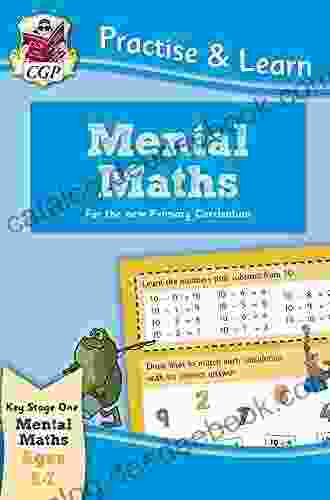
 Mike HayesNew Curriculum Practice Learn: Nurturing Critical Thinking and Innovation in...
Mike HayesNew Curriculum Practice Learn: Nurturing Critical Thinking and Innovation in...
 Italo CalvinoUnveiling the Transformative Power of Artificial Intelligence in Education: A...
Italo CalvinoUnveiling the Transformative Power of Artificial Intelligence in Education: A... Rubén DaríoFollow ·3.7k
Rubén DaríoFollow ·3.7k Warren BellFollow ·13.9k
Warren BellFollow ·13.9k Leslie CarterFollow ·9.4k
Leslie CarterFollow ·9.4k Oscar BellFollow ·17.5k
Oscar BellFollow ·17.5k Anthony BurgessFollow ·17.9k
Anthony BurgessFollow ·17.9k Pat MitchellFollow ·17.5k
Pat MitchellFollow ·17.5k Ross NelsonFollow ·19.1k
Ross NelsonFollow ·19.1k Darnell MitchellFollow ·8.5k
Darnell MitchellFollow ·8.5k
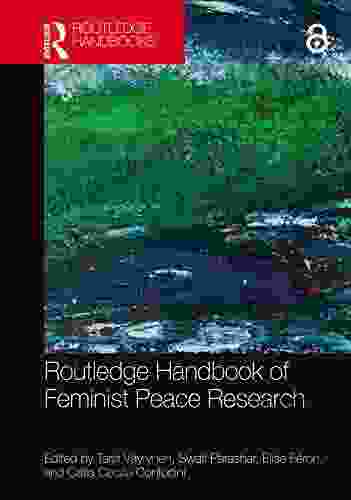
 Hayden Mitchell
Hayden MitchellThe Routledge Handbook of Feminist Peace Research: A...
The Routledge...

 Joe Simmons
Joe SimmonsUnveiling the Lyrical Mastery of Henri Cole's "Blizzard...
In the realm of...
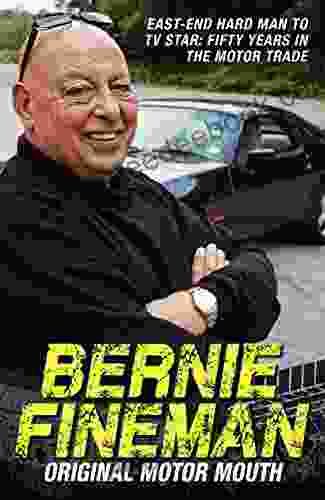
 E.E. Cummings
E.E. CummingsEast End Hardman To Tv Star: The Unlikely Rise Of Danny...
Danny Dyer is one of the...
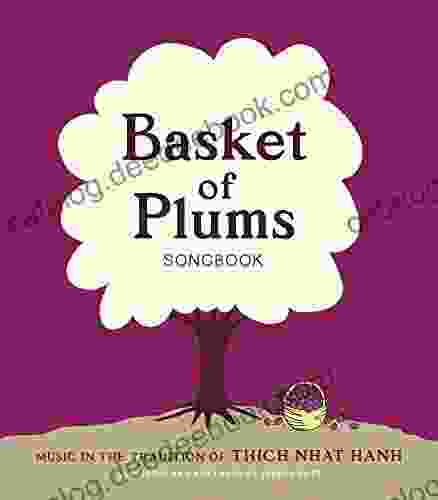
 Eli Brooks
Eli BrooksMusic in the Tradition of Thich Nhat Hanh: A Journey of...
In the heart of...

 Samuel Ward
Samuel WardAmazing Scenes in Plastic Canvas: Bringing Your...
Plastic canvas is a...
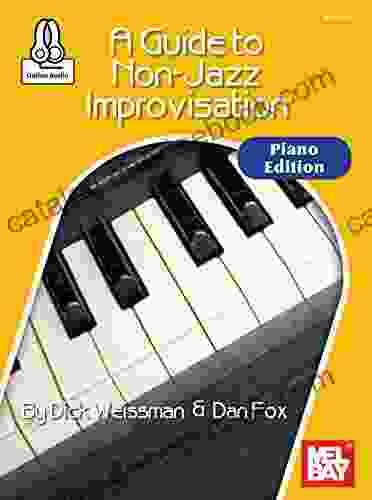
 E.E. Cummings
E.E. CummingsA Comprehensive Guide to Non-Jazz Improvisation for...
: Embracing the Art of...
5 out of 5
| Language | : | English |
| File size | : | 1580 KB |
| Text-to-Speech | : | Enabled |
| Enhanced typesetting | : | Enabled |
| Word Wise | : | Enabled |
| Lending | : | Enabled |
| Screen Reader | : | Supported |
| Print length | : | 197 pages |
| Hardcover | : | 270 pages |
| Item Weight | : | 1.4 pounds |
| Dimensions | : | 6.14 x 0.63 x 9.21 inches |


